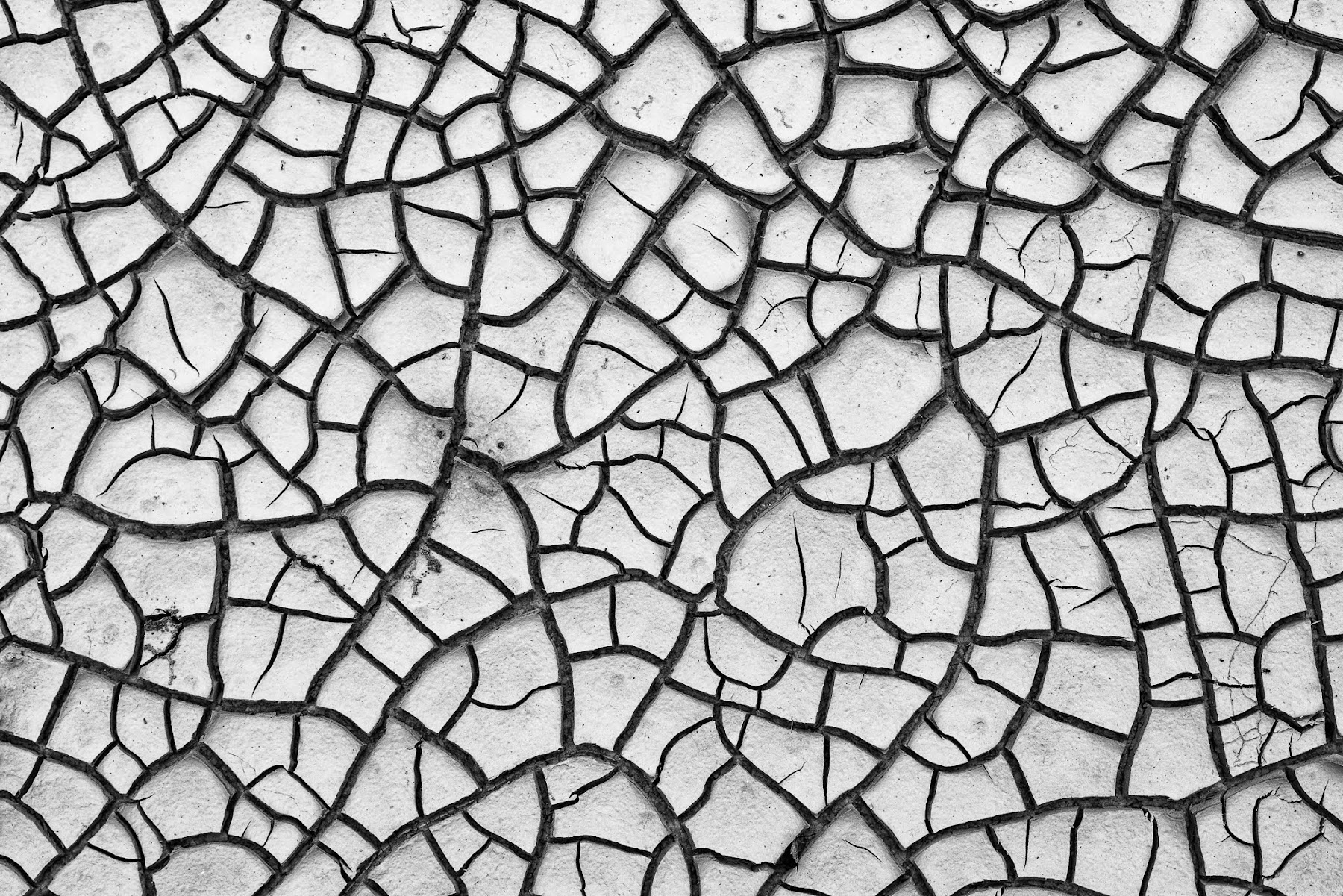Most of my days since then have been filled with editing photos, writing, and editing that writing. Subsequently, I quickly found myself not having the drive to do the same exact thing for this blog. When coming home from work, the last thing I wanted to do was to continue doing the exact same things I had been doing all day.
So I put this blog on the back burner. With the new year now in swing (and the government shutdown currently still going strong), I decided to work on some new posts. This "re-entry" post is simply a selection of photos I've taken while on the job that I really like.
Wayne National Forest is around 244,000 acres in size, with much of that being a patchwork of relatively small areas. Most of those patches lack any sort of developed recreation infrastructure like hiking trails, parking lots, campgrounds, and so on. However, there are some developed areas, and probably the most-visited of those areas is Lake Vesuvius in the Ironton Unit. Lake Vesuvius is a man-made reservoir, and is often used for boating, fishing, and swimming. This fisherman was out on the lake just after sunrise, heading toward his fishing spot.
Every photographer has a list of subjects they want to take a photo of, even if there are thousands and thousands of similar photos. Despite the cliché, there's something about having your own version of an oft-photographed subject or trope that is appealing. The photograph above is one such case. Despite the absolutely overwhelming number of such similar photos out there (just check out the Google search results for "photo of dried mud"), I wanted my own photo of such a scene. I finally got the chance while getting photos of the Leith Run Campground after it was flooded by the Ohio River.
The Wayne National Forest has a variety of trails across its 3 units, with more on the way. One of the most well-known trail systems in the national forest is the Wildcat Hollow backpacking trail. Ohio doesn't really have a lot of backpacking trails, and so every trail counts. The Wildcat Hollow trail comes in at 17.2 miles long, with some parts winding along ridgetops, and other parts—like the scene pictured above—snaking through the valley bottoms.
One of the things I've been trying to do in this new position is experiment with new photographic styles and methods. This photo, for example, was a post-processing experiment a la the ever-popular (and in my opinion, overdone) desaturated-with-crushed-blacks look that's all over Instagram.
A Purple Coneflower (Echinacea purpurea) among a field of Wild Bergamot (Monarda fistulosa). This was taken in one of the Wayne's acid mine drainage mitigation sites. This mitigation site in particular is outside the village of Shawnee. In addition to raising the pH of acid mine drainage impacted stream water, this site features several acres of planted prairie filled with native wildflowers to provide food for our native pollinators.
One of the best parts parts about national forests is that you can pretty much wander wherever you want in them. And, of course, there are beautiful areas hidden throughout each national forest that require you to do some bushwhacking and exploring to find. Fly Gorge is one such place. Fly Gorge is a small ravine featuring a series of cascading waterfalls. To get there, you have to park in a nondescript pull-off on Ohio Scenic Byway 7, push your way through a dense wall of saplings, bushes, and Poison Ivy, carefully meander through a decades old illegal dumpsite, find the creek, and begin making your way upstream.
I love finding repetitive patterns and tantalizing textures while hiking, and so I was happy to find this wall of tiny mushrooms on a dead log.
As I mentioned in the opening, this is a re-entry post of sorts. As I get back into the swing of things, I'll be posting more educational articles. Thanks for reading!







No comments:
Post a Comment